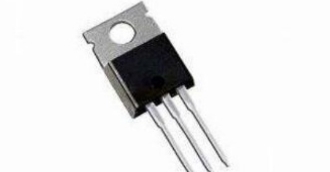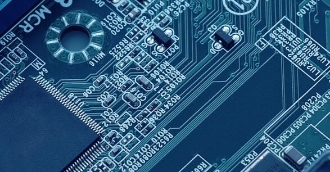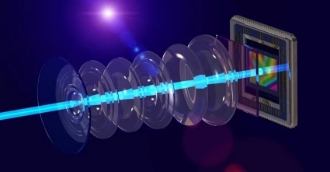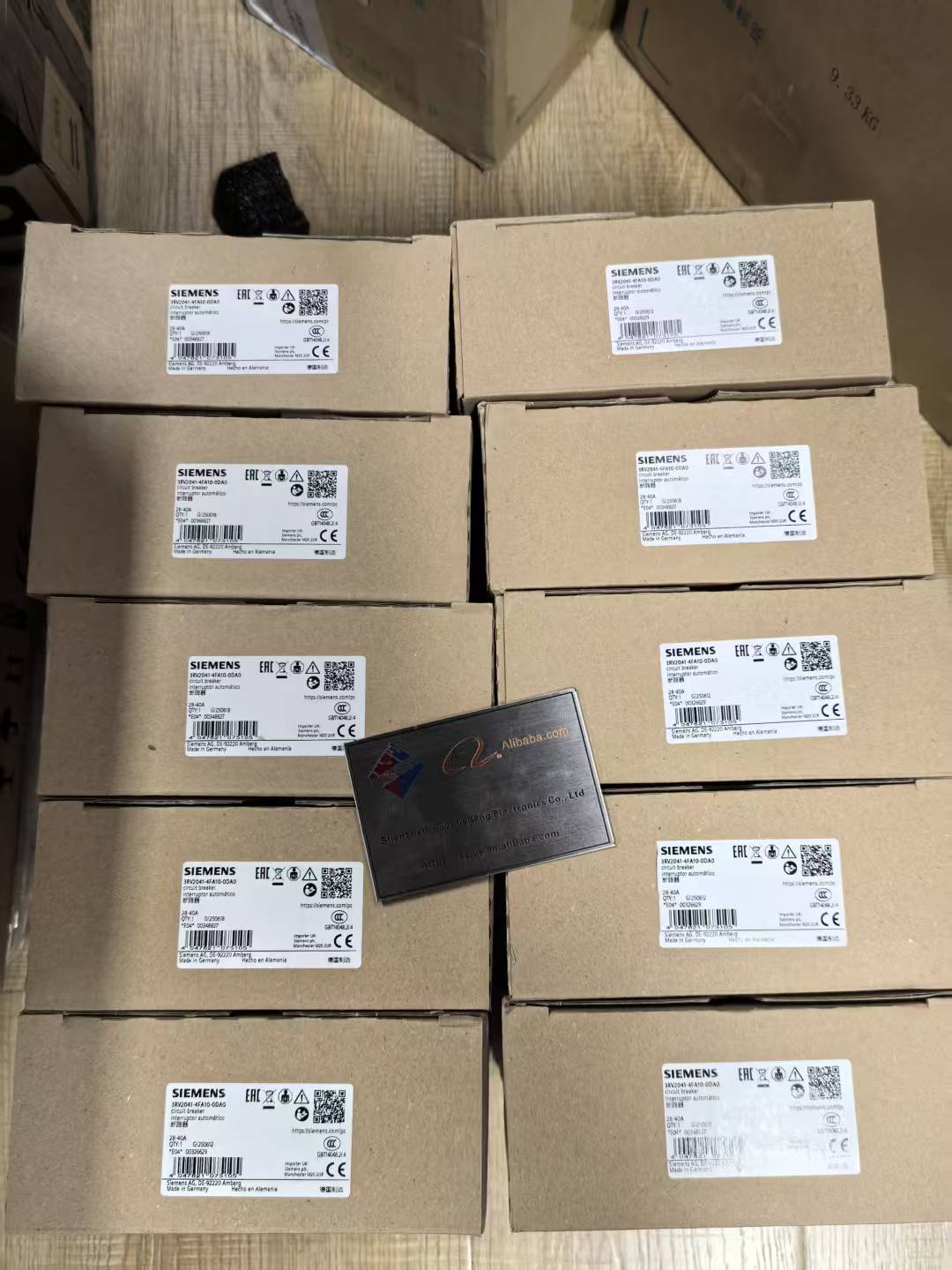Unlocking Next-Generation Electronics Through Atomic-Level Innovation
1/15/2025 3:02:06 PM
The quest for faster, smaller, and more energy-efficient electronics has led researchers to explore materials beyond traditional semiconductors. At the forefront of this exploration are two-dimensional (2D) materials-atom-thick layers of atoms arranged in crystalline lattices, such as graphene, molybdenum disulfide (MoS₂), and hexagonal boron nitride (h-BN). These materials, with properties ranging from ultrahigh electron mobility to insulating stability, are redefining the limits of nanoscale electronics. This article examines how 2D materials are overcoming silicon's constraints, enabling breakthroughs in transistors, sensors, and energy devices.
The Rise of 2D Materials: A Paradigm Shift in Material Science
Graphene, the first isolated 2D material (by Andre Geim and Konstantin Novoselov in 2004), sparked the 2D revolution with its exceptional characteristics:
Electron Mobility: At 200,000 cm²/(V·s), graphene's electron speed is 100x faster than silicon, promising GHz-range transistors .
Thermal Conductivity: With a thermal conductivity of 5,000 W/m·K, it outperforms copper, addressing overheating in high-power devices .
Mechanical Strength: 200x stronger than steel, yet flexible enough to bend without damage .
1. Graphene Transistors: Challenging Silicon's Reign
IBM's Thomas J. Watson Research Center has developed graphene field-effect transistors (GFETs) with cutoff frequencies of 300 GHz-comparable to silicon germanium (SiGe) transistors but at a fraction of the thickness . By stacking graphene with h-BN and MoS₂, researchers at MIT created heterojunction transistors with on/off current ratios exceeding 10⁶-critical for logic applications. These devices could enable 5G millimeter-wave radios and ultrafast data centers, where speed and efficiency are paramount.
2. TMD-Based Sensors: Ultra-Sensitive Molecular Detectors
MoS₂ nanosheets are revolutionizing chemical and biological sensing. A team at Stanford University developed a MoS₂ gas sensor that detects nitrogen dioxide (NO₂) at parts-per-billion (ppb) levels, with a response time of <10 seconds . The sensor's sensitivity stems from its large surface-to-volume ratio: each atom in the 2D layer is accessible to target molecules, enabling real-time environmental monitoring in smart cities.
In healthcare, 2D materials are enabling next-gen diagnostic tools. Graphene-based electrochemical biosensors can detect cancer biomarkers like microRNA with femtomolar sensitivity, outperforming traditional ELISA assays by three orders of magnitude .
3. Energy Storage: Enhancing Batteries and Supercapacitors
2D materials are transforming energy storage through improved charge transport and surface area:
Graphene Supercapacitors: Skeleton Technologies' graphene-based supercapacitors offer 10x longer cycle life and 5x higher power density than conventional capacitors, vital for electric vehicle fast-charging .
MoS₂ Anodes: Lithium-ion batteries with MoS₂ nanosheets deliver 670 mAh/g capacity-double that of graphite-though stability challenges remain due to volume expansion during charging .
4. Optoelectronics: Ultra-Thin Photodetectors and LEDs
2D materials enable ultra-thin optoelectronic devices. Researchers at the University of Manchester created a graphene/h-BN photodetector that operates from the ultraviolet to infrared spectrum, with a thickness of just 5 nm . For lighting, monolayer WS₂ LEDs emit bright photoluminescence at room temperature, opening paths for flexible, paper-thin displays.
Challenges and the Road to Commercialization
Despite their promise, 2D materials face significant hurdles:
Scalable Production: Current exfoliation and chemical vapor deposition (CVD) methods produce small-area flakes or polycrystalline films with grain boundaries that degrade performance. Industry-scale roll-to-roll CVD of graphene on copper foil achieves ~95% purity but struggles with defect density .
Integration with Existing Fabrics: Compatibility with silicon manufacturing processes (e.g., photolithography, doping) remains unoptimized. Graphene's zero bandgap requires complex engineering, such as using nanoribbons or heterostructures, adding cost and complexity.
Reliability and Degradation: Moisture and oxygen can degrade 2D materials over time. Encapsulation techniques like h-BN coating improve stability but add layers to already thin devices.
Future Outlook: Collaborating Across Disciplines
The commercialization of 2D materials hinges on interdisciplinary innovation:
Material Engineering: Developing doped 2D semiconductors (e.g., nitrogen-doped graphene) to tailor conductivity without compromising mobility.
Device Architecture: 3D stacking of 2D heterostructures (e.g., graphene/MoS₂/h-BN) using atomic layer deposition, enabling multifunctional devices in a single package.
Sustainability: Exploring eco-friendly exfoliation methods, such as using green solvents to extract 2D materials from mineral sources, reducing reliance on toxic chemicals.
By 2030, the global market for 2D materials is projected to reach $3.8 billion, with electronics accounting for 45% of applications . While silicon will remain dominant in mainstream logic devices, 2D materials are poised to excel in niche high-performance sectors-from terahertz imaging to flexible bioelectronics.
As researchers and engineers continue to unlock the potential of these atomic-thin wonders, one thing is clear: the era of 2D materials is not just a scientific curiosity-it's a foundational shift in how we design the electronics of tomorrow.
The Rise of 2D Materials: A Paradigm Shift in Material Science
Graphene, the first isolated 2D material (by Andre Geim and Konstantin Novoselov in 2004), sparked the 2D revolution with its exceptional characteristics:
Electron Mobility: At 200,000 cm²/(V·s), graphene's electron speed is 100x faster than silicon, promising GHz-range transistors .
Thermal Conductivity: With a thermal conductivity of 5,000 W/m·K, it outperforms copper, addressing overheating in high-power devices .
Mechanical Strength: 200x stronger than steel, yet flexible enough to bend without damage .
But graphene's lack of a bandgap (essential for switching transistors) led to the discovery of other 2D materials. Transition metal dichalcogenides (TMDs) like MoS₂ and WS₂ exhibit natural bandgaps (1.2–2.0 eV), making them ideal for logic devices. h-BN, a "white graphene," serves as an insulating substrate with atomic-level smoothness, reducing electron scattering in 2D heterostructures.

1. Graphene Transistors: Challenging Silicon's Reign
IBM's Thomas J. Watson Research Center has developed graphene field-effect transistors (GFETs) with cutoff frequencies of 300 GHz-comparable to silicon germanium (SiGe) transistors but at a fraction of the thickness . By stacking graphene with h-BN and MoS₂, researchers at MIT created heterojunction transistors with on/off current ratios exceeding 10⁶-critical for logic applications. These devices could enable 5G millimeter-wave radios and ultrafast data centers, where speed and efficiency are paramount.
2. TMD-Based Sensors: Ultra-Sensitive Molecular Detectors
MoS₂ nanosheets are revolutionizing chemical and biological sensing. A team at Stanford University developed a MoS₂ gas sensor that detects nitrogen dioxide (NO₂) at parts-per-billion (ppb) levels, with a response time of <10 seconds . The sensor's sensitivity stems from its large surface-to-volume ratio: each atom in the 2D layer is accessible to target molecules, enabling real-time environmental monitoring in smart cities.
In healthcare, 2D materials are enabling next-gen diagnostic tools. Graphene-based electrochemical biosensors can detect cancer biomarkers like microRNA with femtomolar sensitivity, outperforming traditional ELISA assays by three orders of magnitude .
3. Energy Storage: Enhancing Batteries and Supercapacitors
2D materials are transforming energy storage through improved charge transport and surface area:
Graphene Supercapacitors: Skeleton Technologies' graphene-based supercapacitors offer 10x longer cycle life and 5x higher power density than conventional capacitors, vital for electric vehicle fast-charging .
MoS₂ Anodes: Lithium-ion batteries with MoS₂ nanosheets deliver 670 mAh/g capacity-double that of graphite-though stability challenges remain due to volume expansion during charging .
4. Optoelectronics: Ultra-Thin Photodetectors and LEDs
2D materials enable ultra-thin optoelectronic devices. Researchers at the University of Manchester created a graphene/h-BN photodetector that operates from the ultraviolet to infrared spectrum, with a thickness of just 5 nm . For lighting, monolayer WS₂ LEDs emit bright photoluminescence at room temperature, opening paths for flexible, paper-thin displays.
Challenges and the Road to Commercialization
Despite their promise, 2D materials face significant hurdles:
Scalable Production: Current exfoliation and chemical vapor deposition (CVD) methods produce small-area flakes or polycrystalline films with grain boundaries that degrade performance. Industry-scale roll-to-roll CVD of graphene on copper foil achieves ~95% purity but struggles with defect density .
Integration with Existing Fabrics: Compatibility with silicon manufacturing processes (e.g., photolithography, doping) remains unoptimized. Graphene's zero bandgap requires complex engineering, such as using nanoribbons or heterostructures, adding cost and complexity.
Reliability and Degradation: Moisture and oxygen can degrade 2D materials over time. Encapsulation techniques like h-BN coating improve stability but add layers to already thin devices.
Future Outlook: Collaborating Across Disciplines
The commercialization of 2D materials hinges on interdisciplinary innovation:
Material Engineering: Developing doped 2D semiconductors (e.g., nitrogen-doped graphene) to tailor conductivity without compromising mobility.
Device Architecture: 3D stacking of 2D heterostructures (e.g., graphene/MoS₂/h-BN) using atomic layer deposition, enabling multifunctional devices in a single package.
Sustainability: Exploring eco-friendly exfoliation methods, such as using green solvents to extract 2D materials from mineral sources, reducing reliance on toxic chemicals.
By 2030, the global market for 2D materials is projected to reach $3.8 billion, with electronics accounting for 45% of applications . While silicon will remain dominant in mainstream logic devices, 2D materials are poised to excel in niche high-performance sectors-from terahertz imaging to flexible bioelectronics.
As researchers and engineers continue to unlock the potential of these atomic-thin wonders, one thing is clear: the era of 2D materials is not just a scientific curiosity-it's a foundational shift in how we design the electronics of tomorrow.







